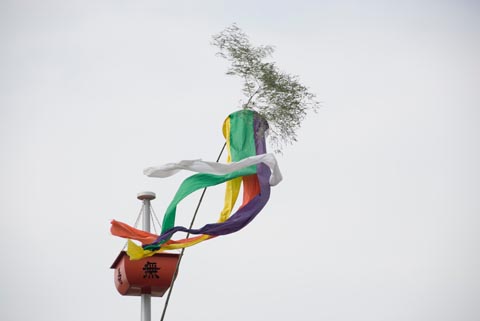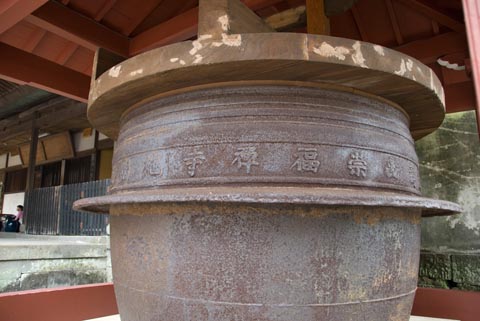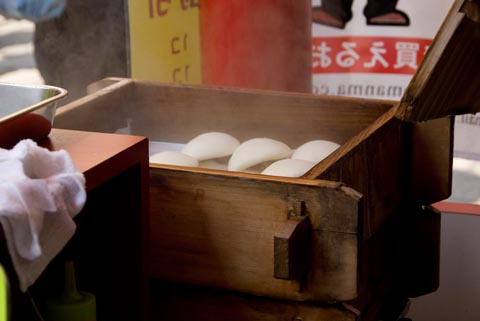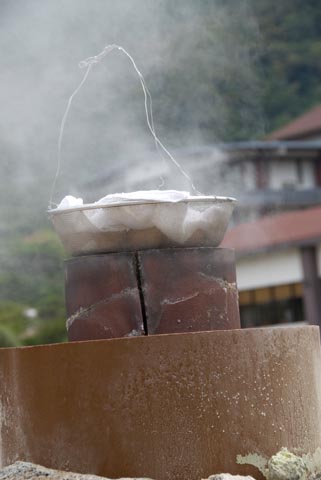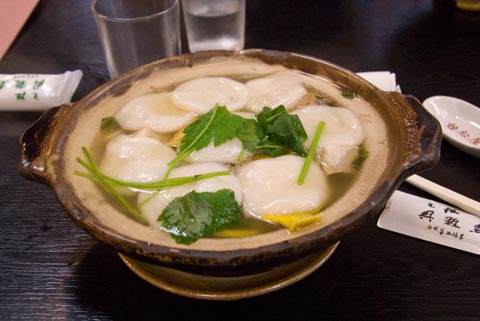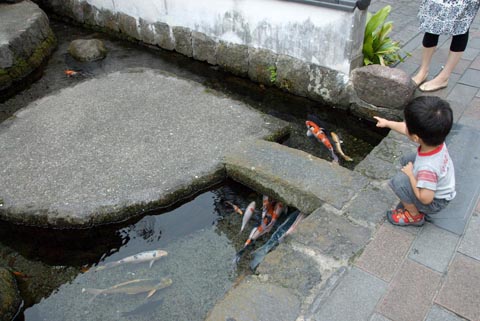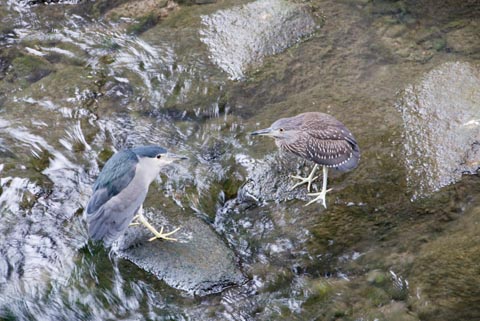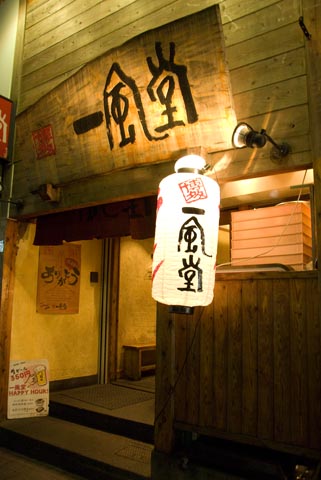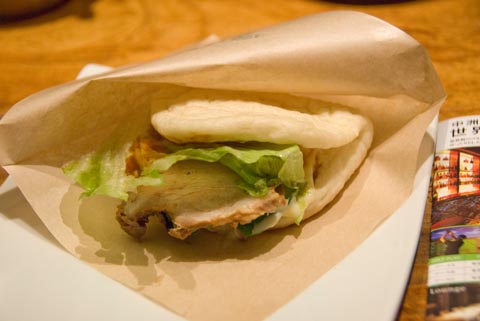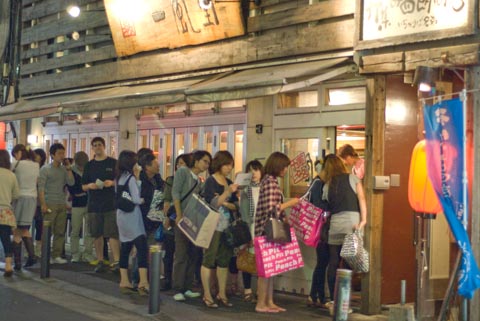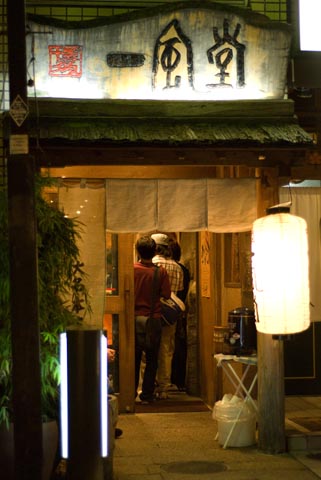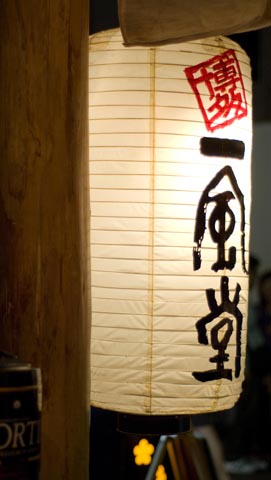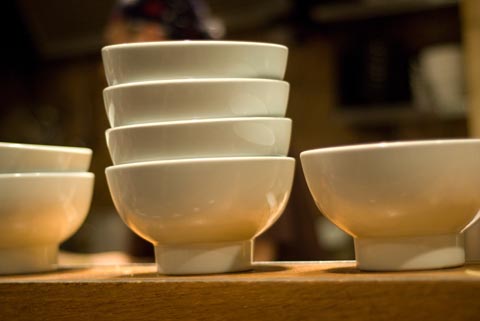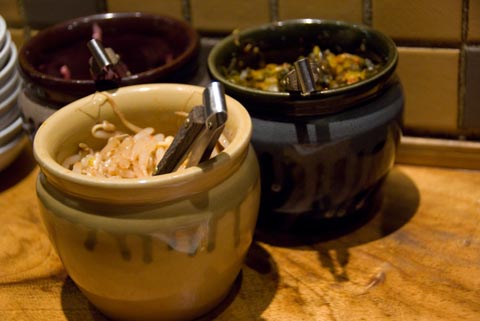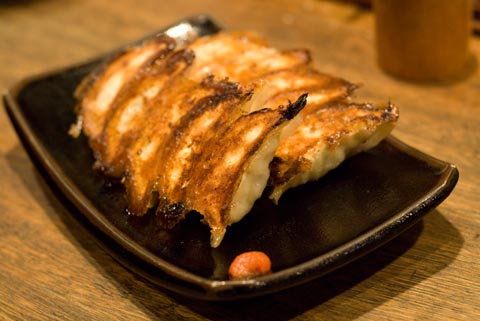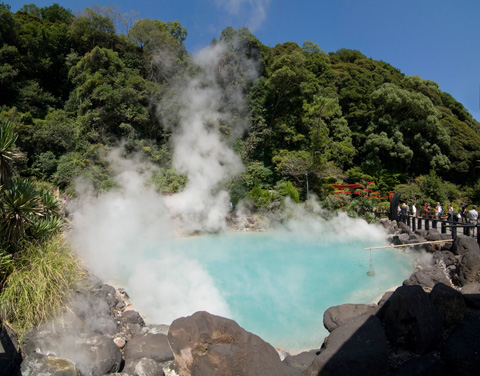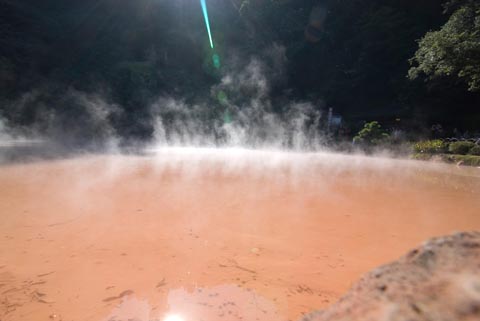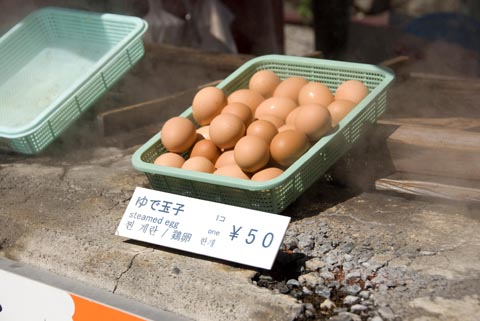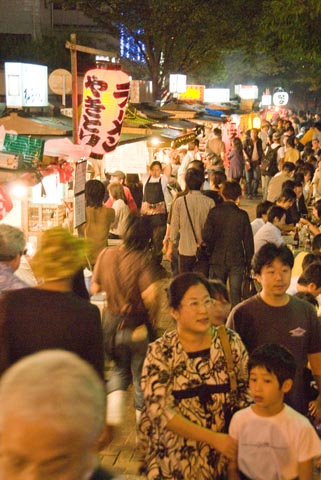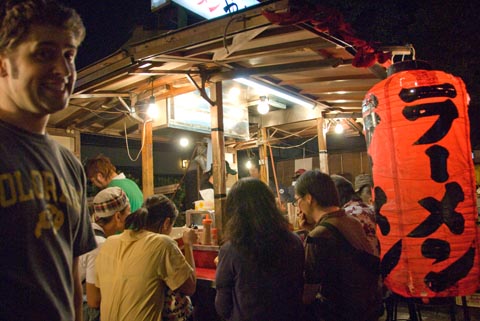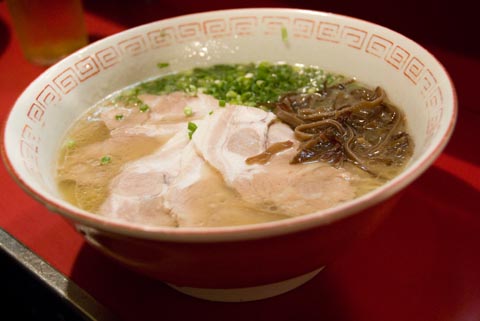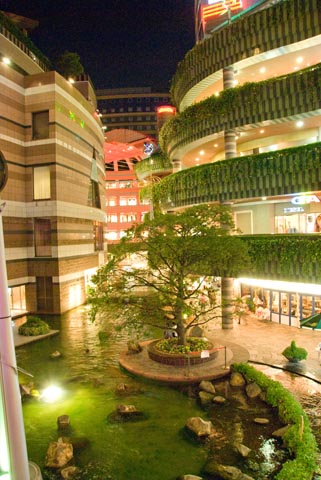You may have noticed that it’s been a while since I posted anything new. Well, first I was studying for the JLPT (Japanese Language Proficiency Test) in July. After a late night watching World Cup, the test didn’t go so well, but I’ll hold out hope until the results arrive in September. After that I was preparing for the end of the spring school term and then we had less than a week to pack up our whole lives. We shipped most of our stuff by sea on July 29th, cleaned and finished packing what was left on the 30th, and on July 31st we moved out of the apartment and said goodbye to Japan, for now.
I’m still terribly behind on my posts, so I’ll have plenty of Japan and Asia things to write about as I catch up over the next couple of months including the rest of our Kyushu trip, winter vacation in Vietnam and Cambodia, Sapporo Snow Festival, a big around-Japan trip during spring vacation, Golden Week in China, a summertime visit to Kansai and Koya-san, and finally a short trip to Seoul.
Of course I’ll keep posting plenty of recipes too.
So where will I be? Well, we don’t have jobs yet, but unemployed and homeless hasn’t been so bad so far. We’ve had time to relax, eat some good Mexican food (and bad Mexican food), eat Mediterranean/Lebanese food, make Indian food, marvel at the awesome amazing giganticness of the Whole Foods down the street, and do a little shopping to replace our travel-worn clothes. I hope I’ll have plenty of time to read and write (and catch up here) in the next few weeks, too. We’re relaxing at Alex’s sister’s house in Denver now and are hoping to visit Portland soon. After that, who knows?
